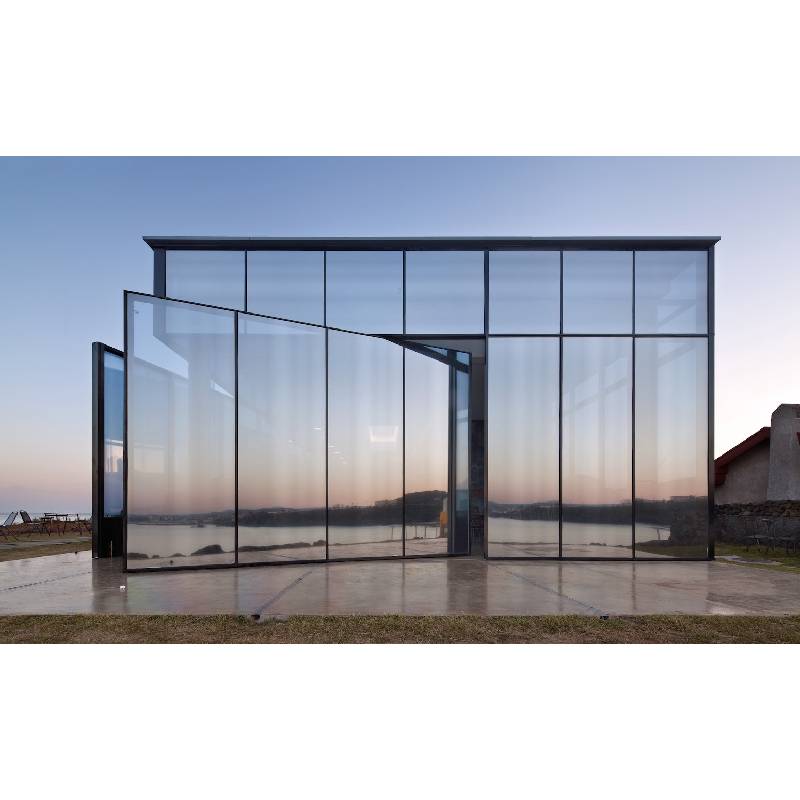

The Craft of Tempered Glass An Inside Look at the Factory Process
In today's modern world, glass is not just a simple material; it is a versatile construction component used in various applications, from architecture to automotive design. Among the various types of glass, tempered glass stands out for its strength, safety, and aesthetic appeal. The process of manufacturing tempered glass involves complex methods that ensure durability while maintaining clarity. This article delves into the inner workings of a tempered glass factory, highlighting its significance, the production process, and the innovations driving the industry.
Understanding Tempered Glass
Tempered glass, also known as toughened glass, is created through a process that involves heating the glass to over 600 degrees Celsius and then rapidly cooling it. This thermal treatment enhances its strength, making it five to seven times stronger than regular glass. Additionally, if tempered glass breaks, it shatters into small, blunt pieces, significantly reducing the risk of injury. This safety feature makes it an ideal choice for various applications, including shower doors, glass doors and tables, and facades in high-rise buildings.
The Production Process
The manufacturing process of tempered glass is intricate and requires precision at every stage. It generally involves the following key steps
1. Cutting and Sizing The first stage in the tempered glass production is cutting flat glass sheets to the desired dimensions. This process requires high-accuracy machinery to ensure that the glass is cut to exact specifications without any chips or cracks.
2. Polishing Once cut, the edges of the glass undergo polishing. Polished edges not only enhance the aesthetic appeal of the glass but also eliminate sharp edges, which can pose a safety hazard during handling and installation.
3. Cleaning Cleanliness is crucial in the tempered glass manufacturing process. The cut and polished glass sheets are thoroughly cleaned to remove any dust, dirt, or oils. This step is vital as any impurities can affect the strength and clarity of the finished product.

4. Heating The cleaned glass sheets are then placed in a tempering furnace where they are heated to the desired temperature. This phase is critical, as an even and controlled heating process ensures that the glass develops the required properties for strength and safety.
5. Quenching After reaching the target temperature, the glass is rapidly cooled by blowing jets of cool air onto its surface. This rapid cooling process creates compressive stresses on the surface of the glass while the interior remains in tension, resulting in the enhanced strength of tempered glass.
6. Inspection Quality control is a vital part of the manufacturing process. After the tempering process, each piece of glass undergoes rigorous inspection to ensure it meets the required safety standards. Any defects found during this phase will lead to the rejection of the glass piece to guarantee only the best products reach consumers.
Technological Innovations
As the demand for tempered glass continues to grow, tempered glass factories are embracing technological advancements to streamline production and enhance product quality. The introduction of automated cutting and polishing machines has increased efficiency while minimizing human error. Additionally, advancements in furnace technology enable more precise temperature control during the heating and cooling processes, enhancing the overall quality of the tempered glass.
Moreover, the development of smart glass technology is redefining the industry. This innovative glass can change its properties in response to environmental stimuli, such as changing opacity or color depending on light conditions. Factories are beginning to incorporate such technologies, paving the way for a new era of energy-efficient and aesthetically dynamic glass solutions.
Conclusion
Tempered glass stands as a testament to the intersection of art and science in material manufacturing. The intricate processes that take place within tempered glass factories illustrate the dedication to safety, quality, and innovation. As technology continues to evolve, so too will the capabilities of tempered glass, ensuring its place as a vital component in modern architecture and design. For architects, builders, and consumers alike, understanding and appreciating the craftsmanship involved in tempered glass production is key to making informed choices for their projects and everyday lives.